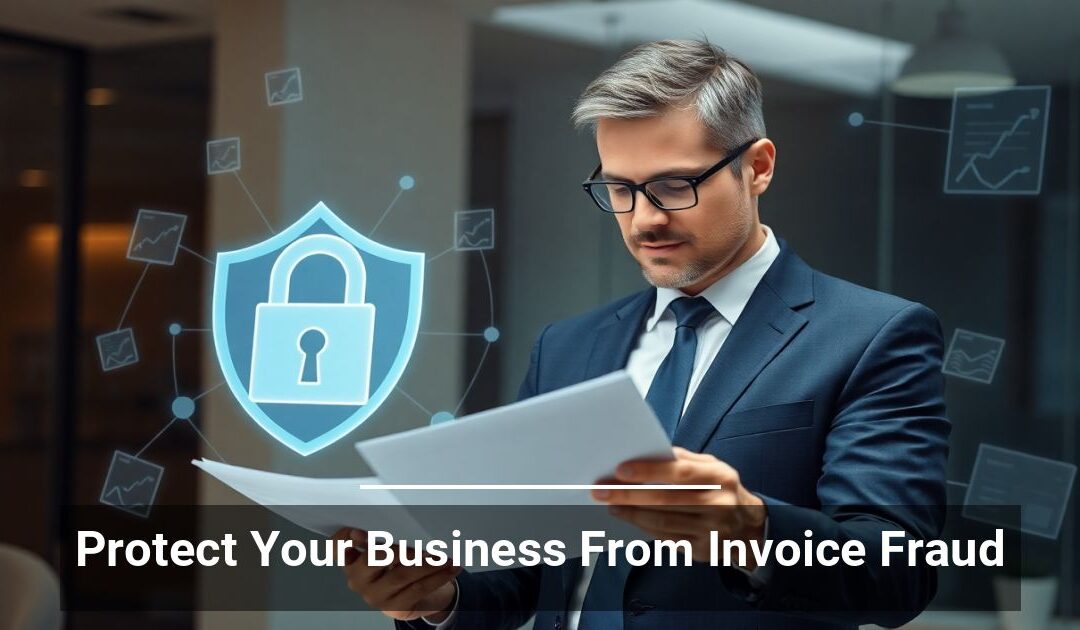 Operating a business means receiving and paying many invoices. While your accounts payable department likely has defined processes to ensure that transactions go smoothly, a recent increase in invoice fraud should have you on high alert. Recent reports indicate that scams and fraud involving false invoices increased by 137.5% in 2023.
Operating a business means receiving and paying many invoices. While your accounts payable department likely has defined processes to ensure that transactions go smoothly, a recent increase in invoice fraud should have you on high alert. Recent reports indicate that scams and fraud involving false invoices increased by 137.5% in 2023.
Knowing how to detect invoice fraud is critical to protecting your company and reducing the risk of financial loss. Even when you manage a high volume of transactions every day, implementing a payment process designed to ensure only legitimate vendors receive payment is critical to ensuring your company’s financial stability.
What Is Invoice Fraud?
Invoice fraud is any attempt to steal money from a company using a fake invoice or bill. Tactics include:
- Submitting invoices from fake companies or billing for nonexistent products or services
- Overcharging
- Altering the details on legitimate invoices to overbill or misdirected payments
- Sending extra invoices for small amounts
When fraudsters submit false invoices, they count on your accounts payable department’s inability to detect irregularities. The bills look close enough to the real thing that they simply pass through the system.
Phishing is one of the most common invoice fraud techniques. Scammers exploit the trust companies have with vendors, creating fake invoices from legitimate vendors and sending them from emails that look nearly identical. Usually, there’s a sense of urgency surrounding these emails, designed to get you to pay without asking too many questions.
Protecting Yourself From Fraud-Related Financial Loss
Educating your employees about phishing scams and invoice fraud is one of the best ways to stop financial loss. Make it a policy never to open email attachments or links from unknown senders; even if the message doesn’t contain a fake invoice, it can install ransomware or other malware that gives cybercriminals access to your company and its assets.
Your accounts payable department should be experts at detecting fake invoices, too. Clues that a bill may not be legitimate include:
- Grammatical or spelling mistakes
- Small differences in the contact details
- Discrepancies in the invoice appearance, information on the bill, and the charges
- Unexpected bills or unusual payment demands
While manually reviewing invoices and confirming questionable details, like a sudden change in payment remittance instructions, can prevent a great deal of invoice fraud, using technology is a more effective method of stopping criminals from stealing your business’s bottom line.
AI’s Role in Stopping Fraud
Implementing AI-driven automated accounts payable tools makes it easier to detect fraud. Not only do computerized systems help track payment processes from start to finish, reducing the risk of duplicate payments, but they can automatically match invoices to purchase orders and receipts. Invoice matching reveals red flags requiring additional investigation, so you don’t pay bills to fake companies or phantom services.
AI constantly learns from new data, making it easier to catch invoice fraud. For example, it can detect small differences between identical invoices, triggering further investigation. This improved accuracy reduces the potential for human error, streamlines workflows, and protects your company’s financial stability. Explore the benefits of AI today.


